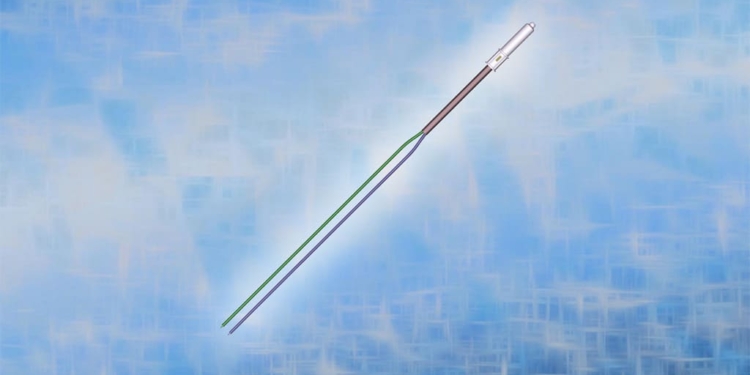Source: TDK news
TDK Corporation (TSE:6762) presents the K525, a new EPCOS NTC temperature sensor that is designed for the extended measuring range from -10 °C up to +300 °C.
Thanks to its ceramic sleeve that is filled with a ceramic, the sensor is suitable for applications under harsh operating conditions and is resistant to aggressive media such as acids and bases. The response time is only 1.2 s, allowing measurements to be made even with fast temperature changes. The resistance at 25 °C is about 48.5 kΩ, at 100 °C about 3.3 kΩ, and the B value (20/100) is nearly 4000 K.
Electrically, the sensor is designed for a high level of safety and passes a high-voltage test at 4 kV AC that results in a maximum leakage current of just 0.1 mA. Thanks to the combination of its wide measuring range and a rugged ceramic enclosure, the new sensor is suitable for a wide variety of applications in industrial and automotive electronics. Furthermore, it can also be used in household appliances.
Main applications
- Industrial and automotive electronics
- Household appliances
Main features and benefits
- Wide measurement range from -10 °C to +300 °C
- Robust ceramic encapsulation and therefore resistant to aggressive media such as acids and bases
- High voltage strength of 4 kV AC































